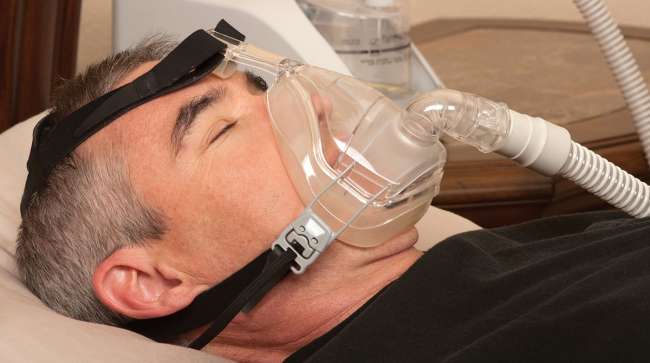Senior Reporter
Truck, Rail Regulators Withdraw Sleep Apnea Proposal

Despite noting lingering concerns about the potential dangers of obstructive sleep apnea, federal regulators announced plans to formally withdraw a 2016 advance notice of proposed rulemaking seeking information on the potential for adopting standards to assess risks associated with transportation workers in safety sensitive positions diagnosed with apnea.
The announcement, planned for publication in the Federal Register on Aug. 7 was issued by the Federal Motor Carrier Safety Administration and Federal Railroad Administration.
“The agencies have determined not to issue a notice of proposed rulemaking at this time,” the announcement said.
“OSA remains an on-going concern for the agencies and the motor carrier and railroad industries because it can cause unintended sleep episodes and resulting deficits in attention, concentration, situational awareness and memory, thus reducing the capacity to safely respond to hazards when performing safety sensitive duties,” the announcement said. “The agencies received valuable information in response to the ANPRM and a series of public listening sessions in May 2016.”
However, the notice stated, “The agencies believe that current safety programs and FRA’s rulemaking addressing fatigue risk management are the appropriate avenues to address OSA.”
The agencies' 2016 ANPRM sought information from interested parties regarding moderate to severe obstructive sleep apnea “to better inform their decision on whether to take regulatory action and, if so, how to craft the most effective and efficient regulations to address the potential safety risks associated with untreated OSA.”
One of its ultimate aims was to offer guidance to medical examiners on how to diagnose apnea when they administer physical exams.
In the ANPRM, the two agencies posed a series of questions addressing several areas, including:
• Whether apnea is a problem among individuals occupying safety-sensitive positions in highway and rail transportation;
• Cost and benefits of regulatory actions that address the safety risks associated with motor carrier and rail transportation workers in safety-sensitive positions who have OSA;
• Qualifications and restrictions for medical personnel;
• Treatment effectiveness.
The agency reminded medical examiners that there are no FMCSA rules or other regulatory guidance and that medical certification determinations for drivers are made by the examiners based on their medical judgment rather than a federal regulation or requirement.
Although welcomed by medical professionals and nonprofit safety groups, the prospects of regulatory guidance for truck driver diagnosis and treatment of obstructive sleep apnea raised concerns in the trucking industry.
In written comments on the ANPRM, some truck drivers and trade associations said research is mixed on whether drivers with severe to moderate sleep apnea are at greater crash risk, while others fear testing and treatment would be too hard on their wallets and require time off the job.




